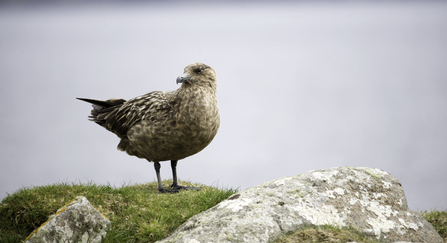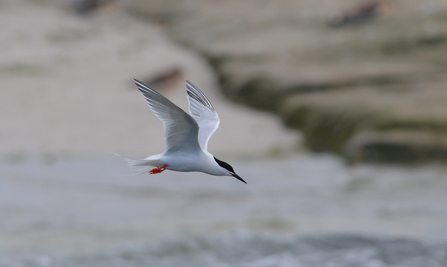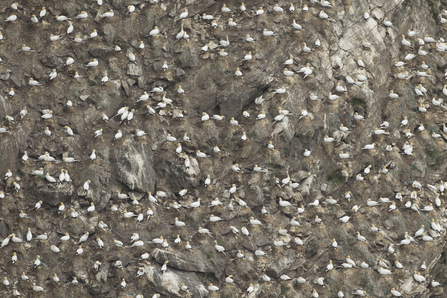At this time of year, the UK’s cliffs and beaches are usually alive with the chaos and frenzied activity of thousands of nesting seabirds. However, this year, many of the same sites are now littered with dead and dying birds that have succumbed to the latest danger to be thrown at them: avian flu.
This deadly disease is wreaking havoc amongst wild bird populations that are already threatened by a range of other issues, including climate change, habitat loss, overfishing and pollution. The current outbreak has already been described as the worst ever outbreak of avian flu in the UK. It has been particularly damaging for our internationally important seabird colonies.




